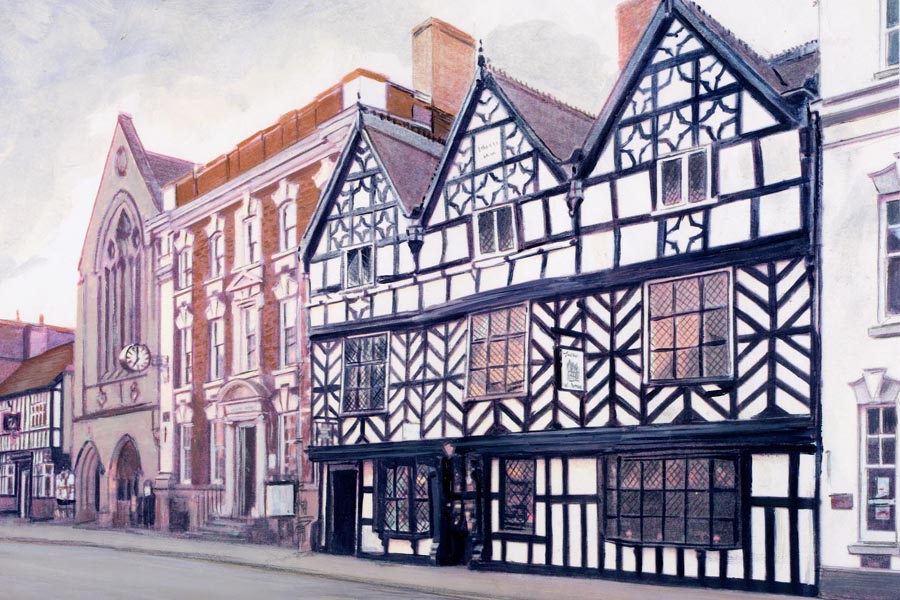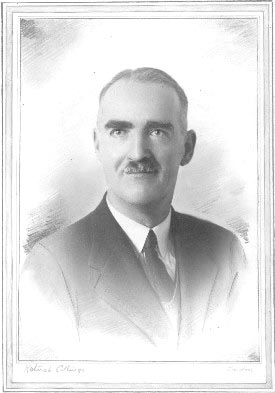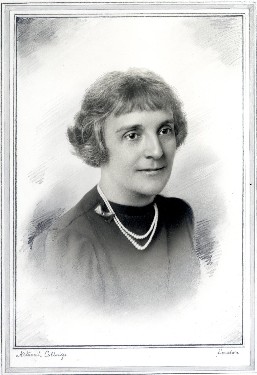
The Tudor of Lichfield
LICHFIELD
HOUSE
BORE STREET
LICHFIELD
STAFFORDSHIRE
WS13 6LL
ENGLAND
Telephone No: 01543 263951
A TEA HOUSE WITH A HISTORY
Built in 1510
Situated
in a black-and-white, timber-framed building dating back to the time
of Henry Tudor, Lichfield House now offers morning coffees, lunches
and afternoon teas, together with a range of speciality dariy ice creams.
We serve good food all day, with an emphasis on local produce where
we can.
Arranged
parties catered for.
Maximum seating: 100
Staffordshire
Good Food Awards Tea Shop of the Year —
highly commended for two years running
We are Open 7 days a week
The Tudor of Lichfield has been a family business since 1935,
when the founders Wilfred and Evelyn Burns-Mace opened it as a tea shoppie.


Contact: A J Burns-Mace
Opening
Hours: Monday - Saturday 9.00 - 4.30
Sunday 10.00 - 4.00
A few historical notes
Lichfield House, the picturesque black and white half timbered residence built when Henry VIII, and Catherine of Aragon ruled England, now the Tudor of Lichfield, has watched over nearly 500 years of England's history.
It has
looked on the reformation and witnessed the dissolution, not 500 yards/metres
away, of Lichfield's Franciscan Friary. It has seen Lichfield besieged
three times during the Civil Wars of 1640-46, seen Volunteers marching
off to the Crimea and regular troops from the Barracks two miles away,
starting their long journeys to South Africa and to the fields of Flanders
and the East in 1914. It has seen felons burned at the stake for pilfering
in the Market Place only 100 yards/metres away. It has seen the great
Dr. Samuel Johnson born in the house just round the corner and Edward
Fox, the reformer, cry "Woe to the bloody City of Lichfield".
It has looked down on the revels of the Yeomanry, which terrorised the
citizens in the eighteenth century. It has seen the panorama of the
history of "Merrie England" a panorama in which Lichfield,
the little Cathedral town which was granted the status of City and County
in its own right, by Queen Mary's Charter in 1553, once dominated the
Midland Counties from Coventry to Manchester.
The house itself has been added to from time to time, but the main building
is the original. There are four fire places with Liverpool reproduction
Delft tiles and two panelled reception rooms, the panelling of which
was added later. The valuable oak staircase, which runs through the
house, was put in by the first owner, there is a secondary staircase
running from the first to the second floor and there is a carving on
the top floor, which probably belongs to Christopher Wren's period.
During the Civil War, when King Charles I - debonair scapegoat of contending
factions - rallied his Royalists, Lichfield stood for the King, and
the Cathedral Close was the scene of three sieges. First the Roundheads
took the Cathedral by storm from the Royalists, then impetuous Prince
Rupert routed the Roundheads (and knocked the middle spire down with
his siege gun) and then the Royalists were besieged again until, with
the capture of the King, they were forced to surrender.
During
this troublesome time (1643-1646) our Tea House was first a prison for
captured Royalists who fell into the enemy's hands during sortees from
the Cathedral, and then the tables were turned, and the Roundheads in
their turn found themselves chained in the cellars, and again in the
last siege Royalists were imprisoned. Scratchings on the old oak doors
in the cellars, names and the Sign of the Cross, and sockets in the
walls for ankle chains, bear evidence of the part Lichfield House played
in these episodes.
One signature is that of a very notable prisoner, John Hampden, who
is remembered as one of the five men - Pym, Hampden, Haselrigg, Hollis
and Strode, who defied Charles I's attempt to raise funds unlawfully
by the imposition of "ship money".
It is reputed that a subterranean passage runs from the cellars of the house to the Cathedral - probably dug out by one side or the other during the Civil War - and this passage has been followed for some distance in recent years, but is too dangerous to pursue further.
On the top floor of the House there is a cunningly concealed "Priests' Hide". Did the original builder in 1510 anticipate Henry's break from the Church in what was whispered about in hushed voices as "the King's great matter" (the annulling of his marriage with Katherine)? Probably not, for there was not a sign of the rift that was to come several years later, but some long sighted person built this "hide" on the door of which two Crosses have been scratched, as well as a date of 1761 added later.
In more
recent years Lichfield House has been a private residence, the offices
of a coal merchant and a milliner's shop. It was requisitioned for the
Pay Corps in 1910 and in 1920 it became an antique shop. In 1936 Wilfred
and Evelyn Burns-Mace and their son Jeffrey opened the old buildings
as The Tudor Café
(now The Tudor of Lichfield). The cellars became a Public Air Raid Shelter,
for 77 persons, in World War II but now visitors are welcomed within
its doors from every single continent, continents which
were only remotely heard of when Henry VIII was King and other lands
that had never been heard of
at all.
In 1975 a restoration programme made the old Tudor building secure again
after it had been discovered that the ravages of time had weakened the
ends of the old beams and there was a danger
of the whole front of the building slipping into the street. This restoration
took many months and
earned a European Heritage Award, a plaque for which hangs proudly above
the front door.
There was another major development in 1980, in the grounds when the old glass houses were demolished and nine shops were constructed on the lines of the Shambles of York or the Lanes of Brighton.now called Tudor Row. This later led to the development of the Old Coach House, which originally housed the horses and carriages, into two further shops. Lichfield House still is still a very successful restaurant run by the same family.
Wilfred was in the 202nd (Sportsman's) Battalion C.E.F during WW1